The Historical Metallurgy Society publishes Historical Metallurgy an internationally recognised journal, annually in two parts. In addition the society has its own newsletter The Crucible published three times a year. It also produces a series of Occasional Publications, usually based on papers given at its conferences. Finally the society has produced a series of useful Datasheets on a variety of topics available to download.
Publications
Our Journal - Historical Metallurgy
Historical Metallurgy is an international peer-reviewed journal published annually in two parts and mailed free to members. Previous issues have included papers on subjects as diverse as Eneolithic copper working, early blast furnaces, Tibetan metal sculpture, the replication of Iron Age smelting, tin and lead smelting, slag composition, oxidation enrichment bands in wrought iron, metallurgical processes, medieval arms and armour and silver, pewter and copper alloys in domestic ware.
Papers are welcome on archaeological, historical and technical subjects over the field of interest of the Historical Metallurgy Society. They should not normally be more than 8000 words in length. Drafts for comment are welcome. Download the guidance for authors.
The Editors are always pleased to hear from potential contributors. In the first instance please contact: Matt Phelps, HM Managing Editor.
Email: submissions
Back issues of Historical Metallurgy can be purchased in our shop. For multi-purchases or other inquiries, please email our shop manager. A searchable pdf content list is available here.

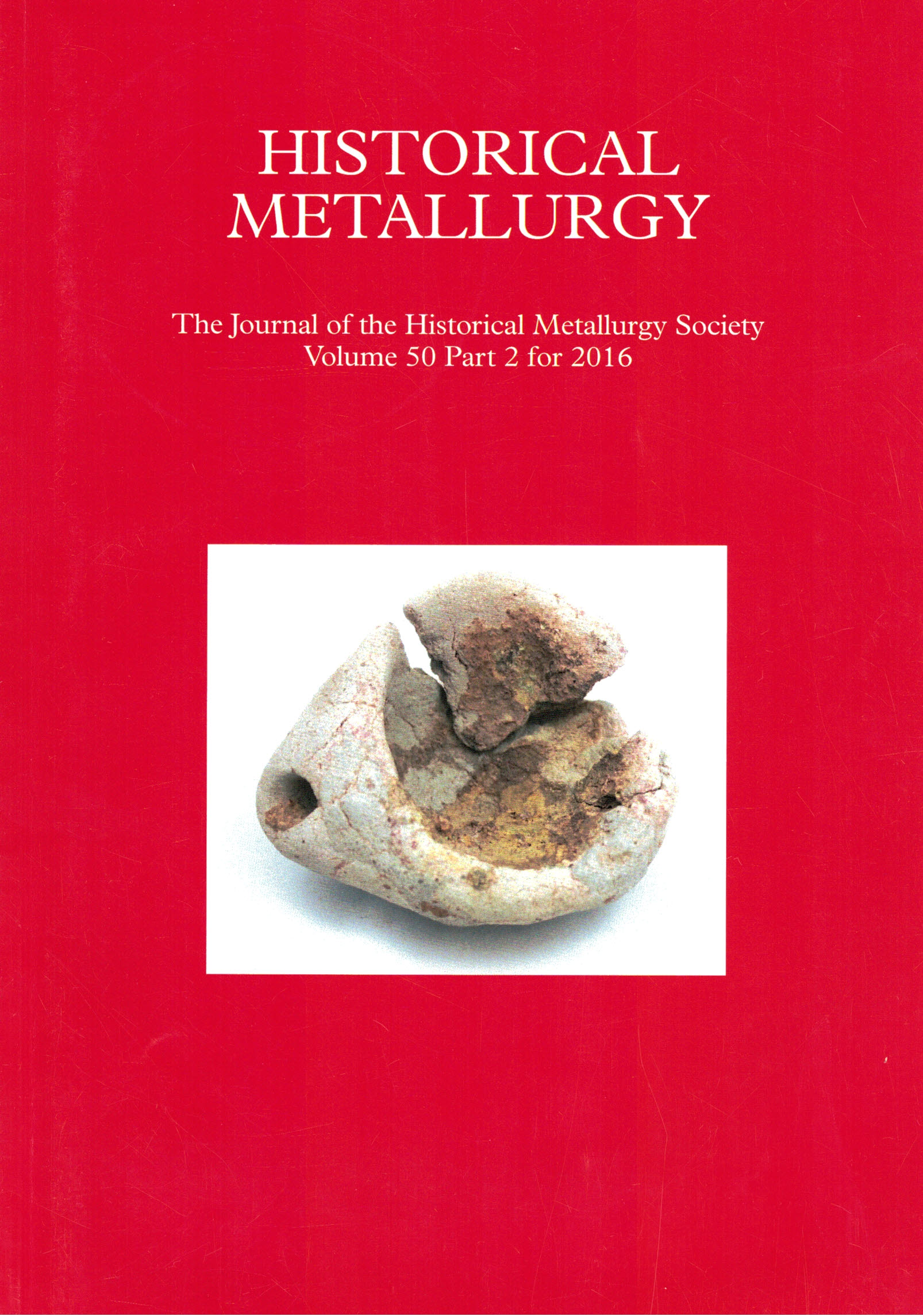
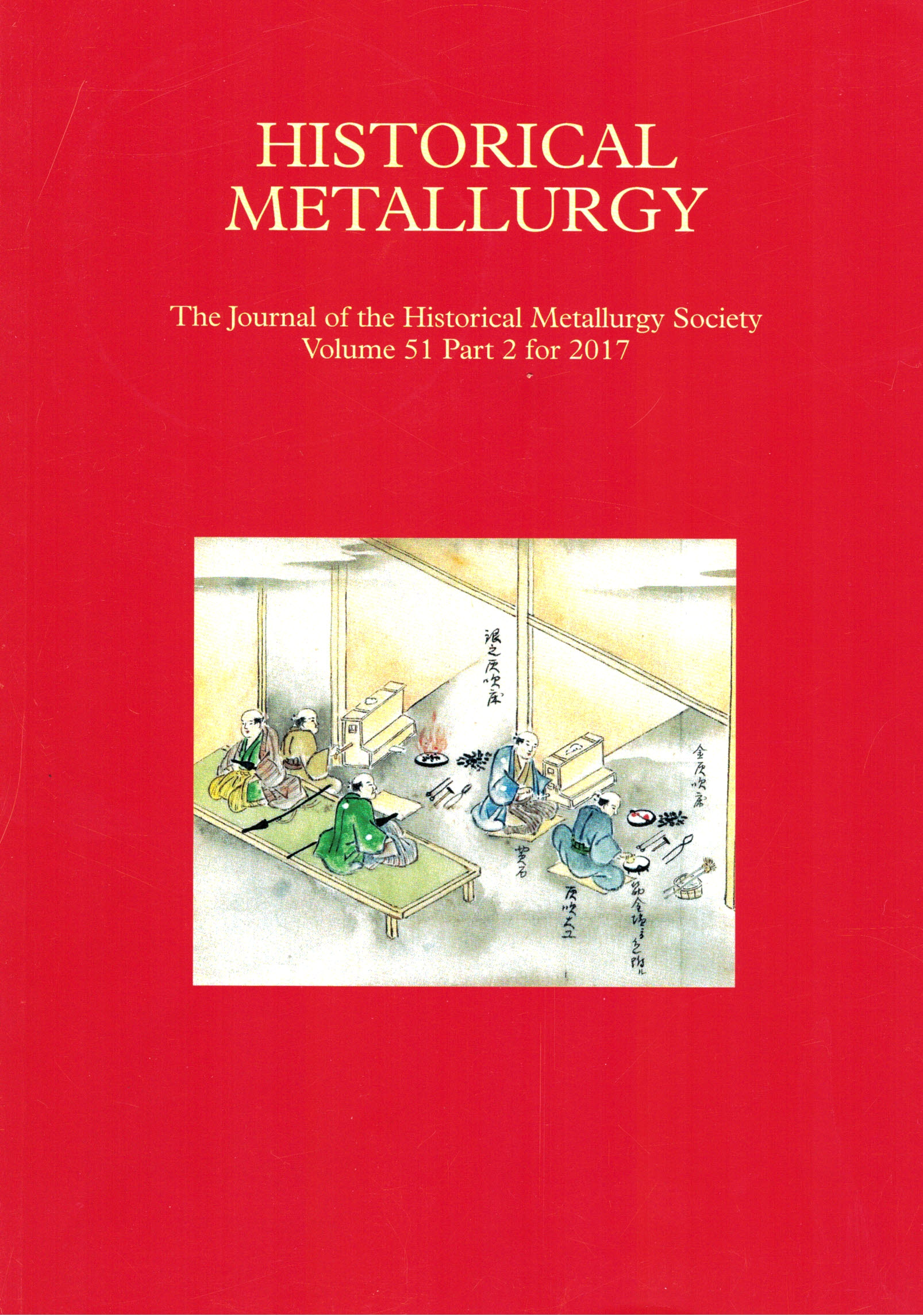
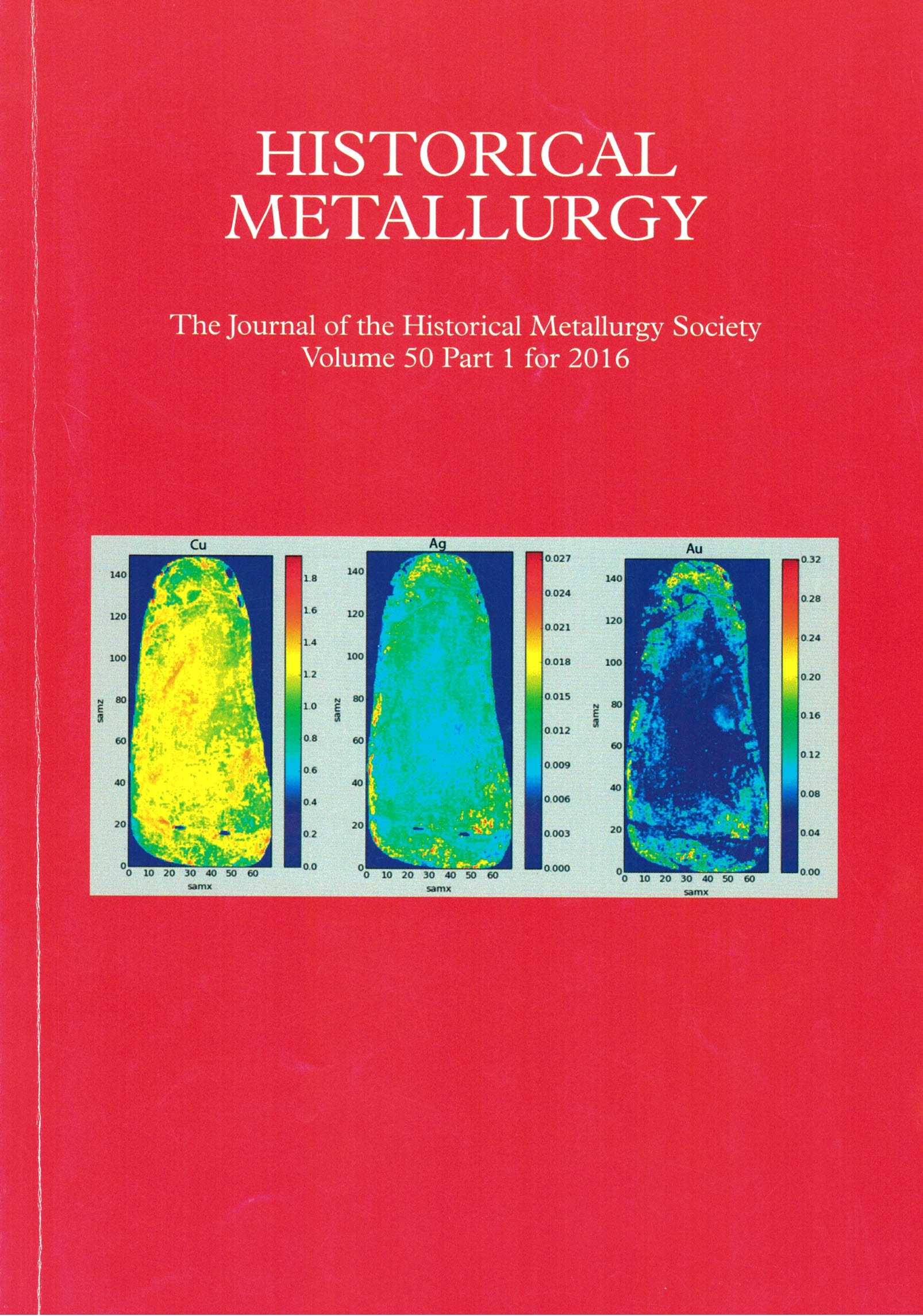
Our Newsletter - The Crucible
The Crucible (previously HMS News) is the informal newsletter that keeps HMS members up to date with notices, reviews and reports of relevant events and projects on archaeological and historical metallurgy. It also includes interviews, opinion and discussion essays, letters from around the world, and a list of forthcoming events. It is published three times a year.
Submissions to The Crucible are encouraged from anyone and at any time, but deadlines for each issue are 1st March, 1st July and 1st November every year. Please send submissions to The Crucible.
Our past issues of The Crucible and HMS News can be downloaded as Adobe Acrobat files below.
HMS Occasional Publications
The Historical Metallurgy Society has produced a range of Occasional Publications. These include everything from research frameworks such as ‘Metals and Metalworking’ to a variety of conference proceedings.
More details for each volume and links to the downloadable versions or our shop can be found by clicking the arrow.
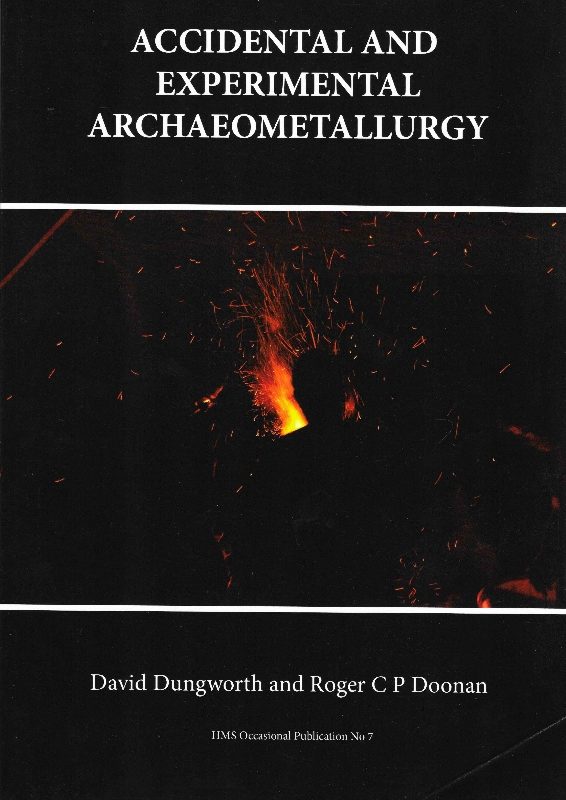
Experimental archaeology has acquired a central position amongst the many methods and techniques that have been used to expand our understanding of early metallurgy. Nevertheless, experimental practices remain mysterious to some and poorly disseminated among wider communities. This volume represents an attempt to remedy the paucity of published material and includes many contributions that underscore important theoretical and methodological concerns alongside a number of case studies. Leading figures from across this broad community have come together to provide a coherent publication which details the scope of a number of practices that together are known as experimental archaeometallurgy.
Available at £13 per copy and can be ordered below
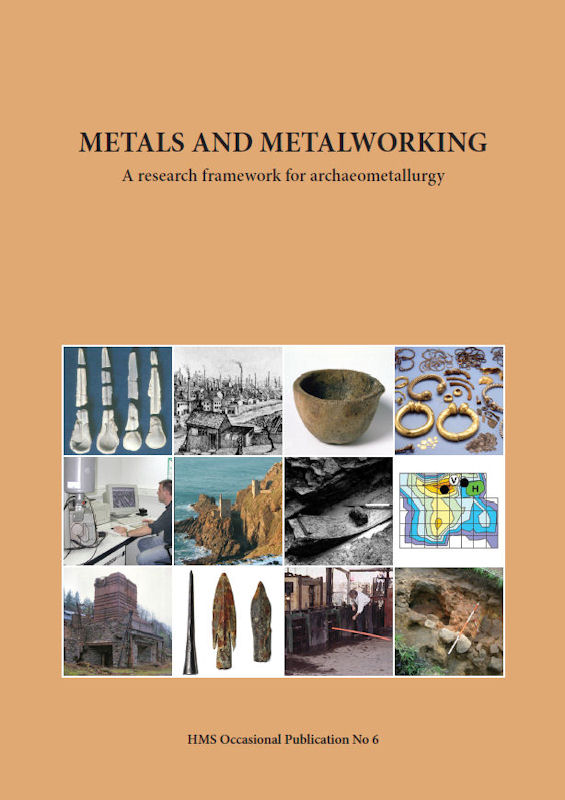

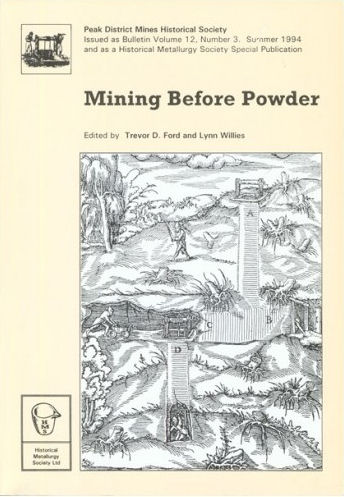
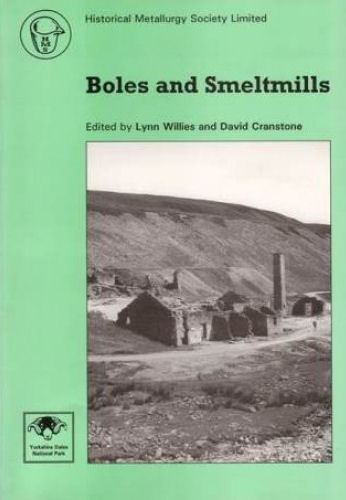
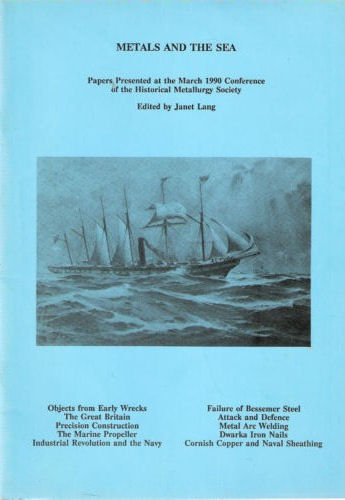
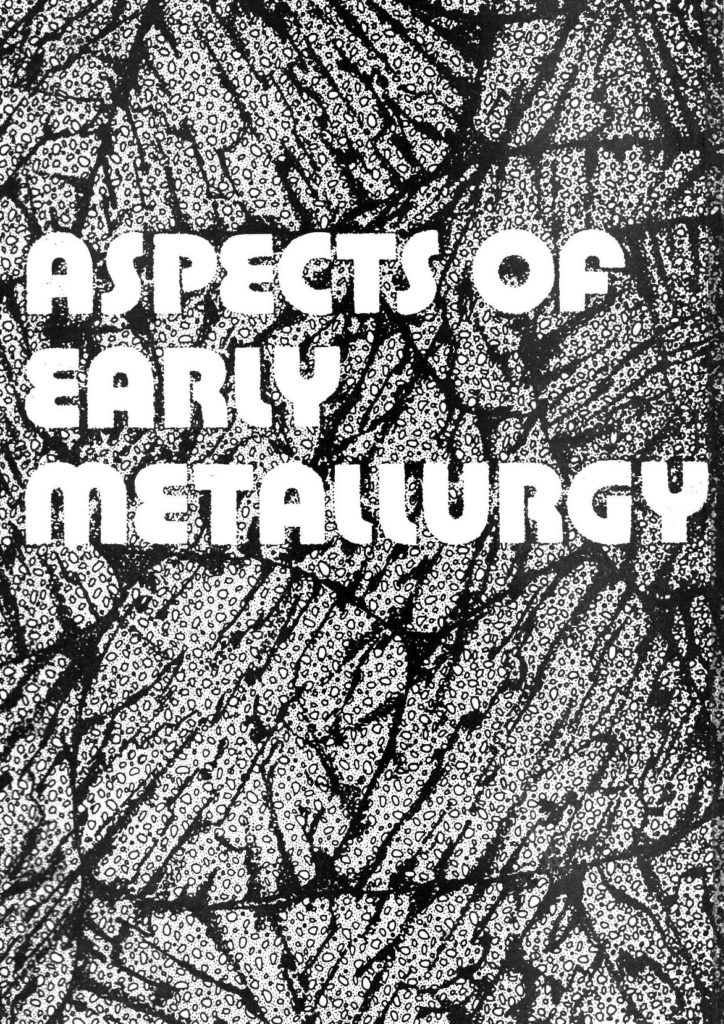
HMS Datasheets
The HMS Archaeometallurgy Datasheets are aimed at archaeologists at all levels from project managers and curators to fieldworkers. These datasheets are intended to provide brief introductions to particular processes or topics, with the emphasis on the types of structural evidence, artefacts and residues likely to be encountered on excavations, with a short bibliography of useful publications.
The datasheets are grouped into three areas:
- Recovering, recording, understanding and managing archaeometallurgical resources
- Processes involved in producing and working metals
- Archaeological and other evidence for the development of specific metalworking processes
The datasheets were originally devised and produced in the 1990s; since the mid-2000s the Archaeology Committee has been in the process of updating and enlarging the series. Nearly thirty new and improved datasheets are planned and they will be uploaded as and when they become available. You can download both the new and old datasheets below.
![[Test] The Historical Metallurgy Society](https://test.historicalmetallurgy.org/wp-content/uploads/2020/02/Logo120.png)